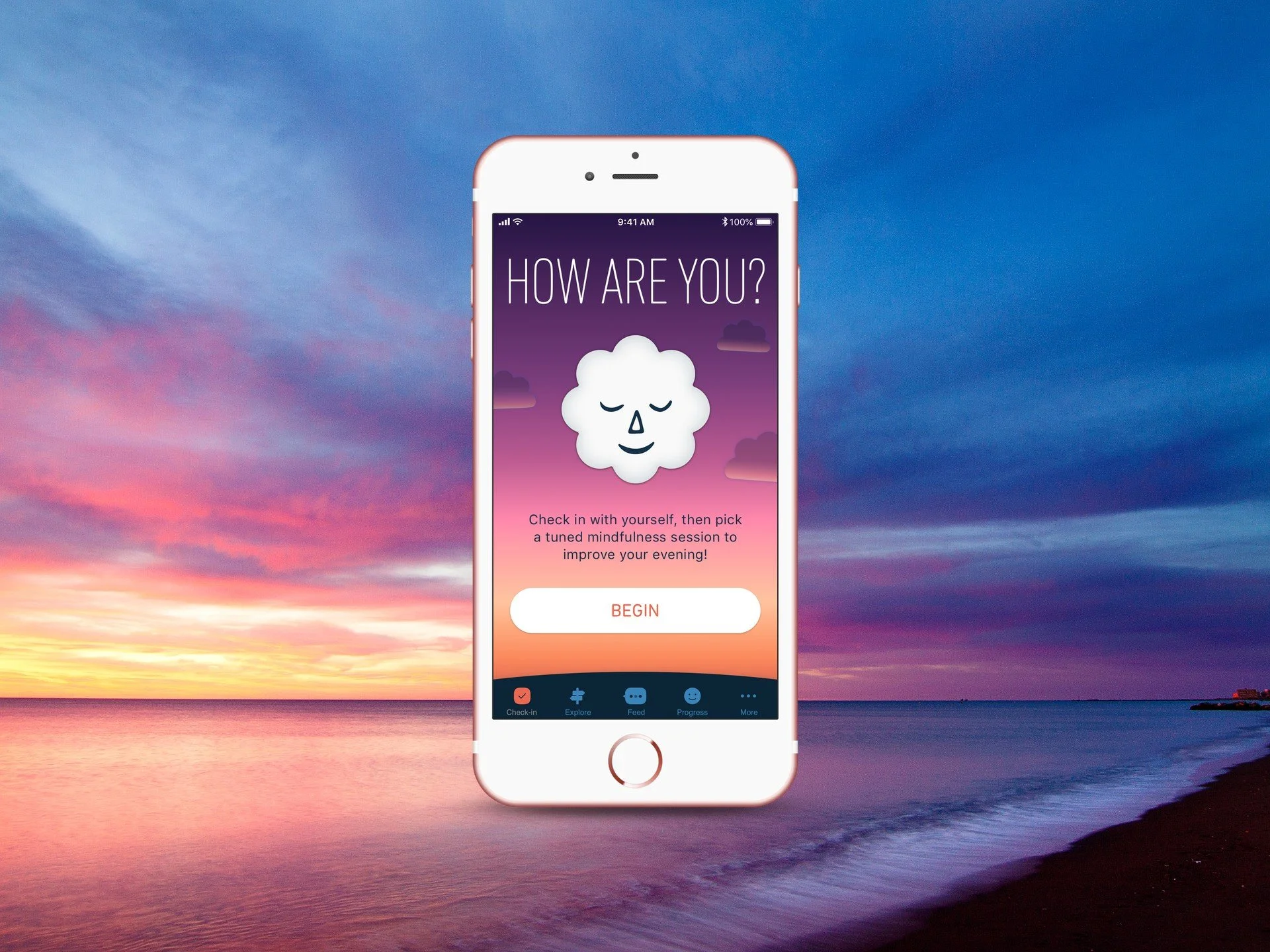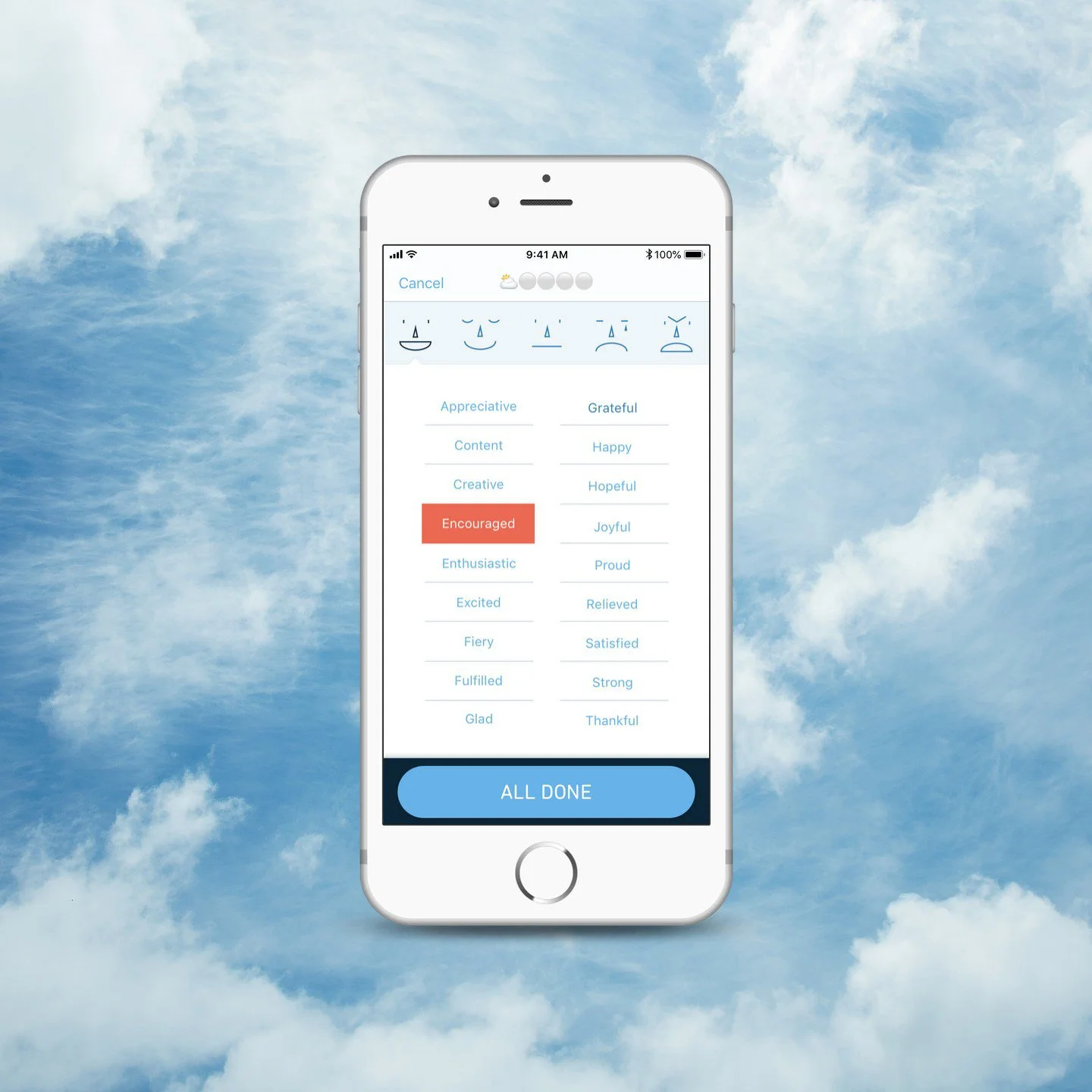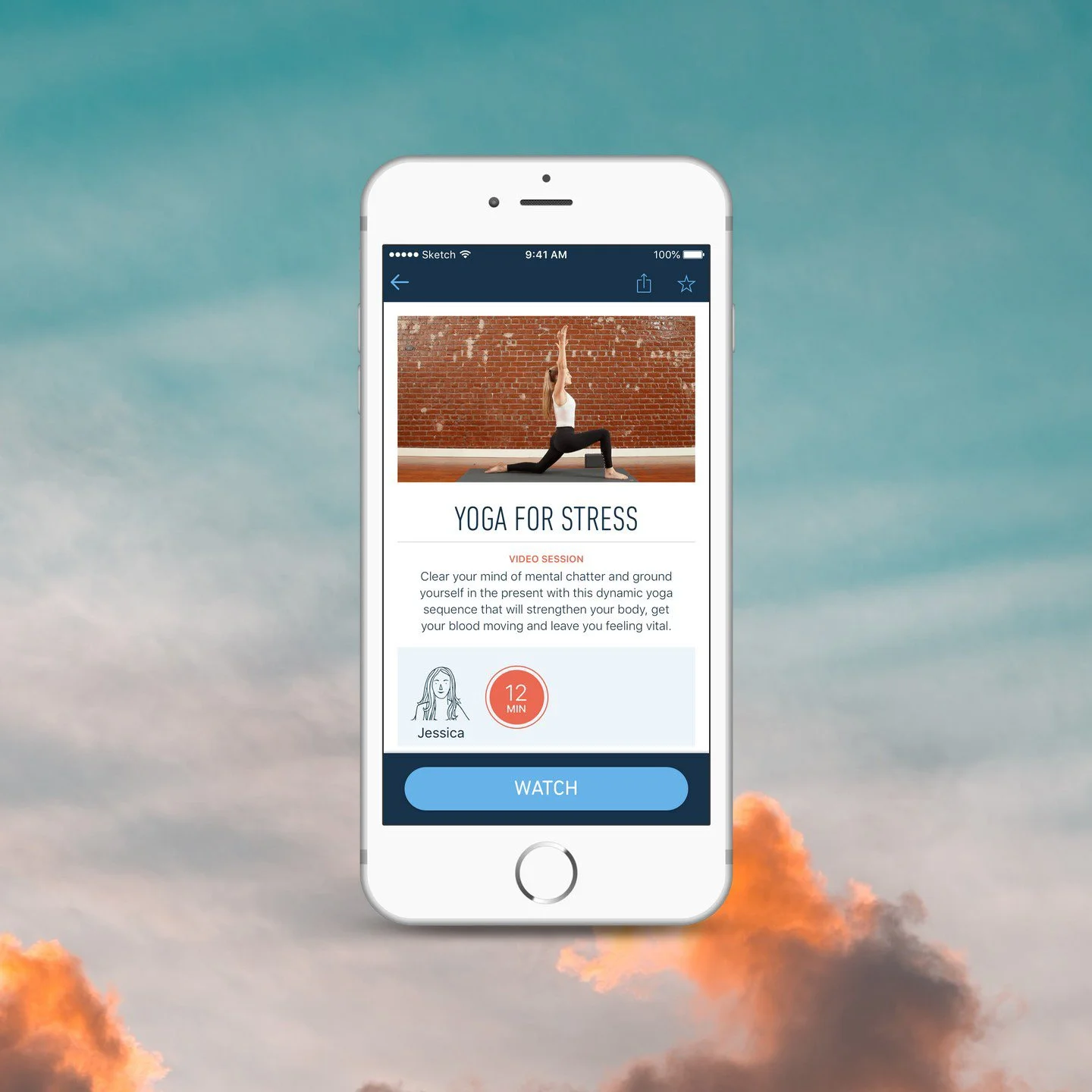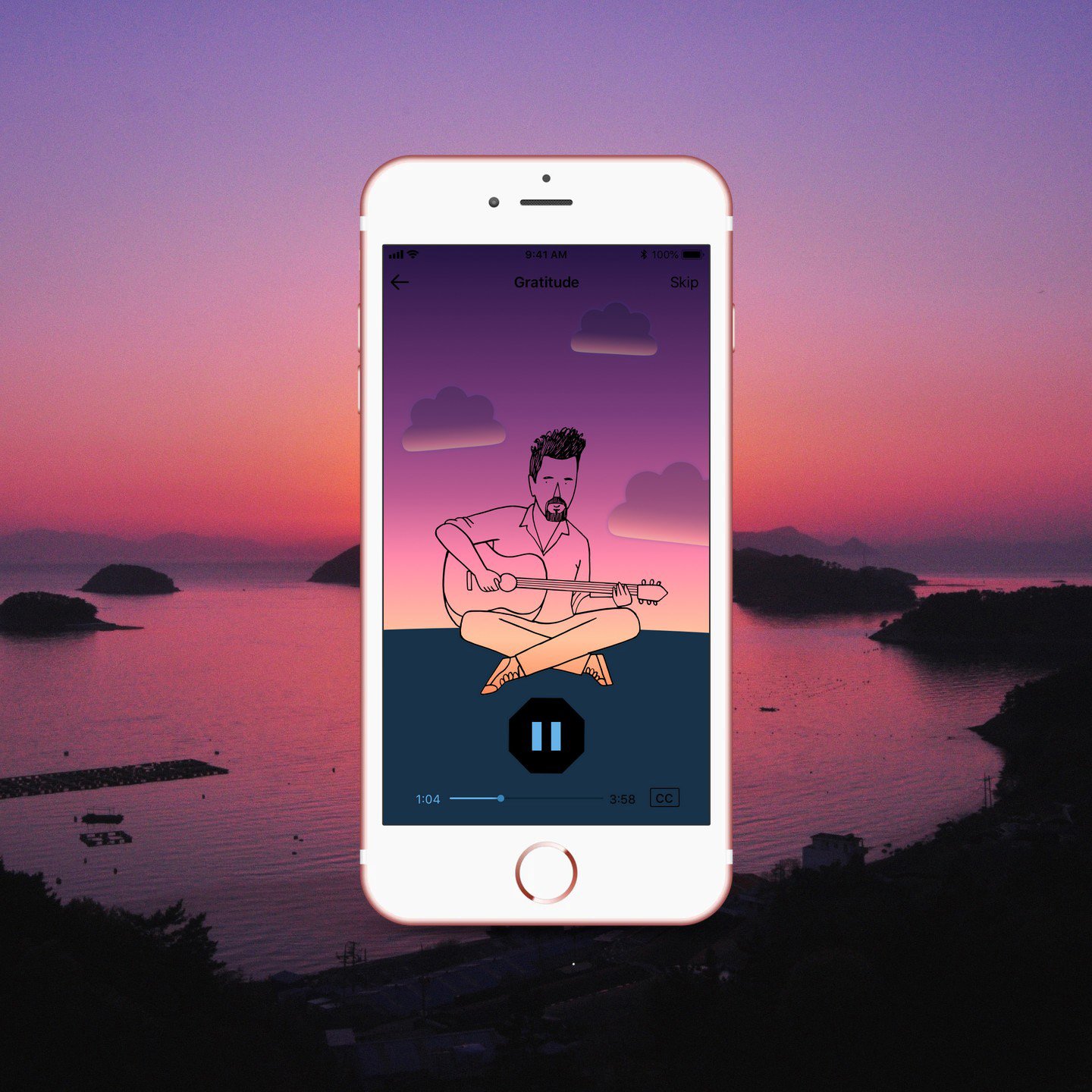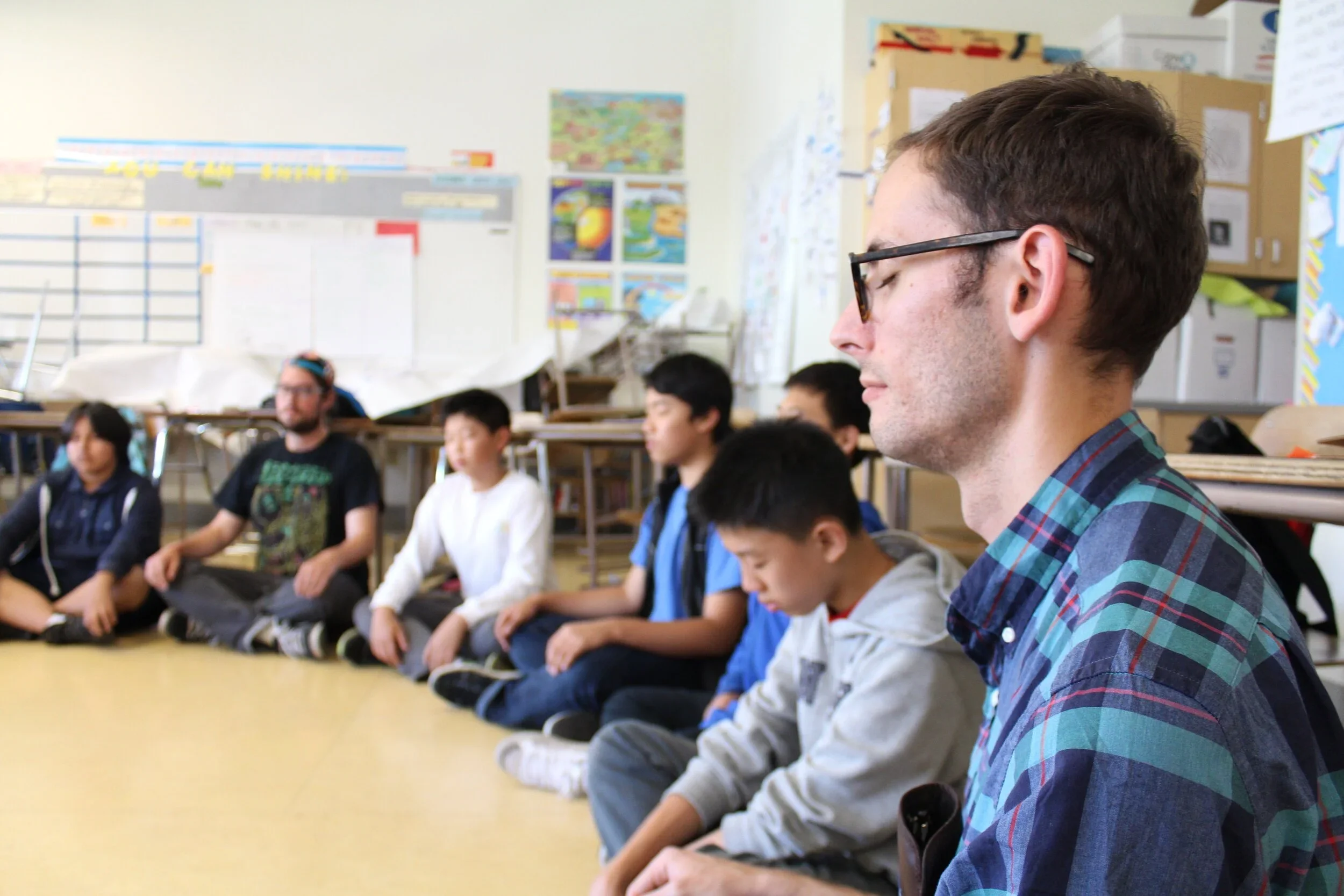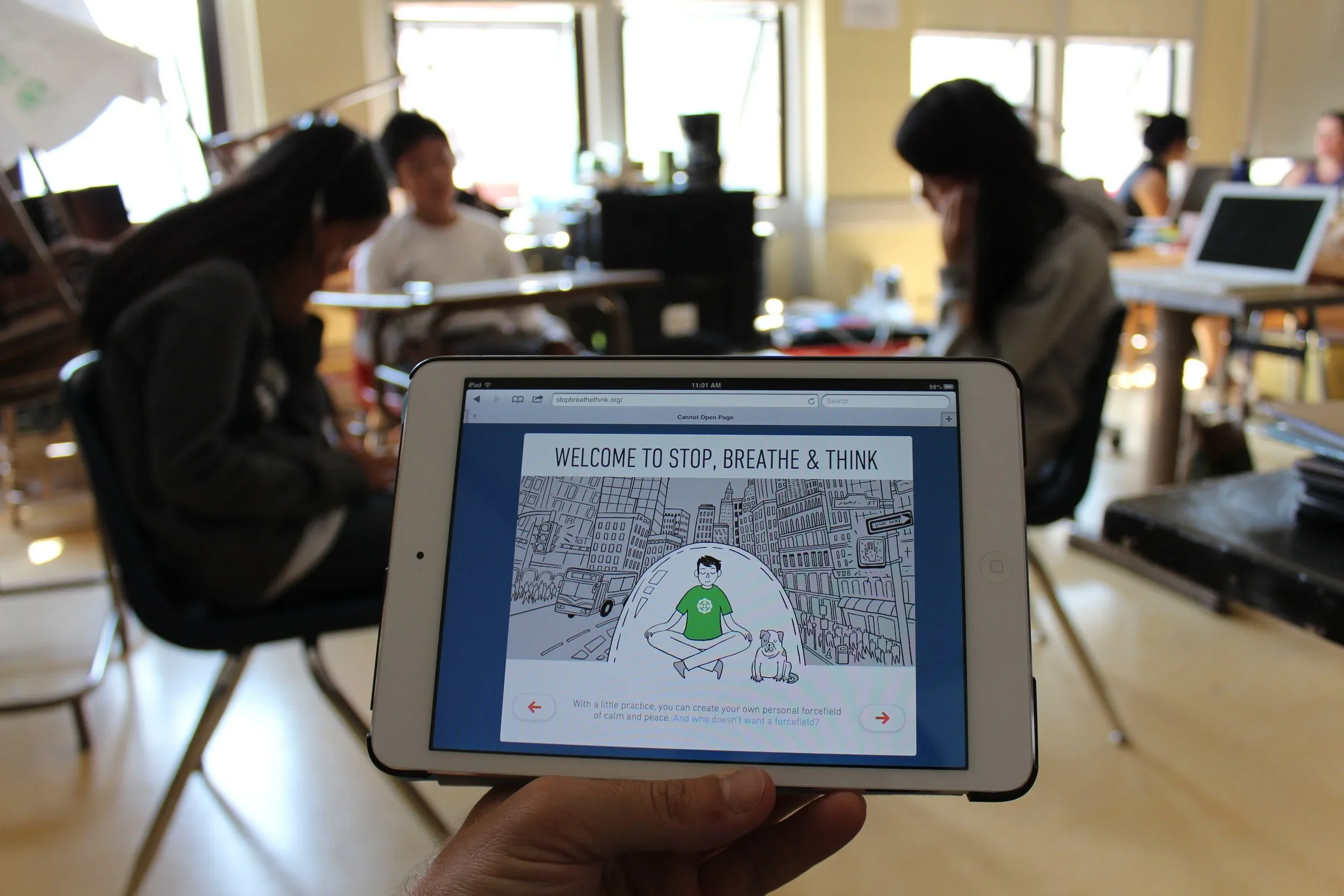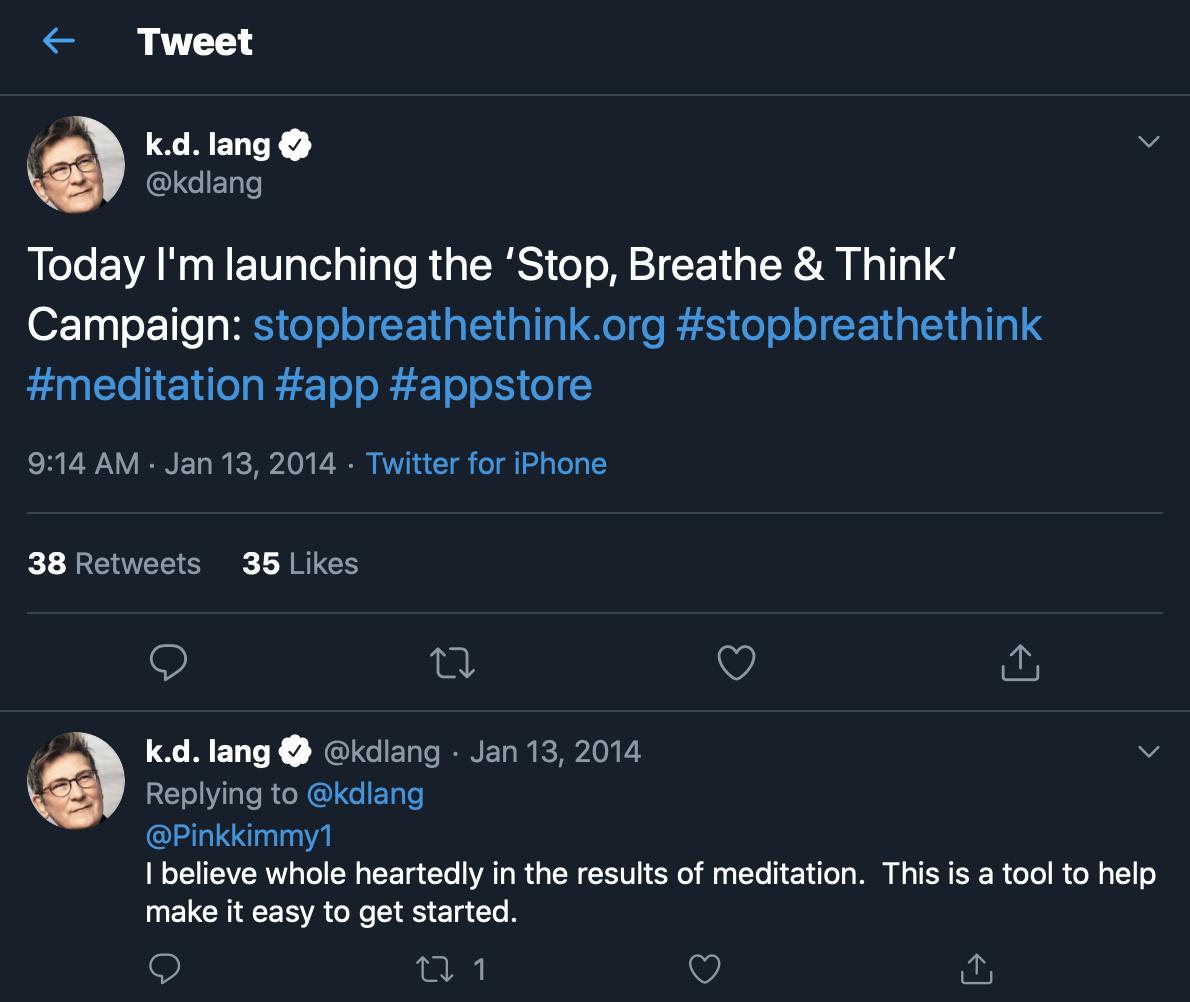Stop, Breathe & Think
Director of Product & Design
2013–2019
We had a wild—yet mindful— 7 years, including over 2 million installs, 250,000 monthly user, 4 apps, and a successful exit..
Design Processes
Initial Launch Period
Web-based Rapid Prototyping
Lean UX
Page Flows
Journey Maps
Wireframes
Keynote Prototyping
Initial Launch Period
SME Requirements Gathering
Feature Collection and Prioritization
Product Requirements Documentation
Go-to-Market Planning
Customer Experience Monitoring
Product-Market Fit Period
Information Architecture
Iterative Design
Guerilla Testing
User Interviews
Data-driven Hypotheses
Content Design
Scale-up Period
Rapid Iteration & Expansion
Conversational Design
Design System Creation
A/B Testing
Product Management Processes
Product-Market Fit Period
Stakeholder Management
Feature ICE Scoring
Team Hiring and Management
Cross-Functional Process Alignment
Pivot Strategy
Scale-up Period
Roadmapping
Continuous Analytics Implementation
Pricing Strategy
Conversion Optimization
Content Management Strategy
Timeline
2013
Hired to design a proof-of-concept web app for the non-profit Tools for Peace based on a school curriculum they were implementing in Los Angeles.
2013
Strategized based on a primary use case in a school setting on iPads, but also practiced inclusive design principles to make it useful for a wider audience.
2013
Rapid prototyped a proof-of-concept web app to play meditations and test in the classroom environment. The results made it clear that we needed to pivot toward a native app to be able to provide offline support in both school and home settings.
2014
Designed and built a Keynote clickable prototype of the iOS experience, working closely with engineering to capture user stories and define edge cases.
2014
Shipped V1 with celebrity promotion.
2014-2016
While the project sat mostly dormant other than some content additions, the app racked up 1MM downloads and had 60,000 monthly users.
2016
The non-profit that owned Stop, Breathe & Think launched a startup to monetize the product with its growing user base. Any sale proceeds would be funneled back into the organization. I was one of two initial hires and was responsible for Product and Design. Jamie Price was founder and led Content, Julie Campistron became CEO, and Jim Gray became CTO.
2016
Two primary needs arrived at the beginning of the startup phase: create an ambitious product roadmap, and build out an engineering team that could support it. I worked closely with Jamie and Julie to gather their larger vision, then map potential features to that vision. When we had collected the features, there was a clear path toward more robust content discovery and personalized multi-week programs. I set about building out the complete user experience to provide us information architecture flexibility and space for the individual features to come.
2016
We also needed to understand our existing users better to strategize our pricing and content plans. I set up a funnel of an initial survey, a secondary survey for respondents, and user interviews for our most valuable respondents. Those who made it through the funnel also were invited to become our beta testers. This work impacted everything we did and allowed us to build out robust user lifecycles, journey maps, user archetypes, and monetization plans.
2017
And then something truly unexpected happened. The founders signed us up to be on Apple’s Planet of the Apps, which was a reality show where App companies were paired up with celebrity advisors in a facsimile of a product incubator. We were selected to be on the show, and we were paired up with Jessica Alba. Ms. Alba pushed us toward creating a kids meditation app. We had three months until the show was planned to be premiered to create content, build a separate app, and build a multi-app monetization platform.
2017
We were able to launch the kids app by moving everything else out of the way. Unfortunately, the show bombed. As a consolation, Apple consistently promoted the app for years. In reality the market for meditation apps for kids had a high overlap with parents who didn’t like their kids using technology. It was not a commercial success, and had taken a great deal of our runway to produce. It was very cute though!
2017-2018
The main app was now 3 years old and needed a refresh along with a better way to improve the daily experience. I embarked on a complete overhaul while keeping the experience of the app that we knew was converting well. This opportunity coincided with increasing funding pressure due to the kids app side quest. We also needed to introduce it in stages without disrupting our existing users. The work took all of 2018 for our engineering team to refactor. The departure of our CTO also disrupted the work. By the spring of 2019, it became clear that the company needed to look for an exit to be able to scale engineering and content to the levels that our competition was producing.
2018
I left the company in late spring 2018 with a strong roadmap and an about a year’s backlog of design improvements. Four months after I left, the company was sold to Meredith Corporation, owner of Time magazine. The remaining employees were hired into the corporate app team, and a healthy profit was made in the sale.
2020
When Meredith was purchased by IAC, strategies changed and they mothballed their apps division. A group of us worked with them to try to purchase the asset back as it was earning $2MM a year. IAC was ultimately too large to want to invest any time in it. Stop, Breathe & Think is now back at its roots as content for the non-profit that started it all.

